Transforming Enterprises with a Generative AI Strategy
Sunny Chauhan May 9, 2023

Featured Article:
Author: Vijay Morampudi, Director, Wavelabs Technologies
Generative AI has the potential to revolutionize industries as a whole. As a leader, it is crucial to
create an effective generative AI strategy for your enterprise to stay competitive and take advantage
of the technological advancements
This article presents seven practical steps that can be followed to create a successful generative AI
strategy
- Gain a comprehensive understanding of the Generative
A successful Generative AI strategy requires understanding the different aspects of the landscape for optimal results and ROI
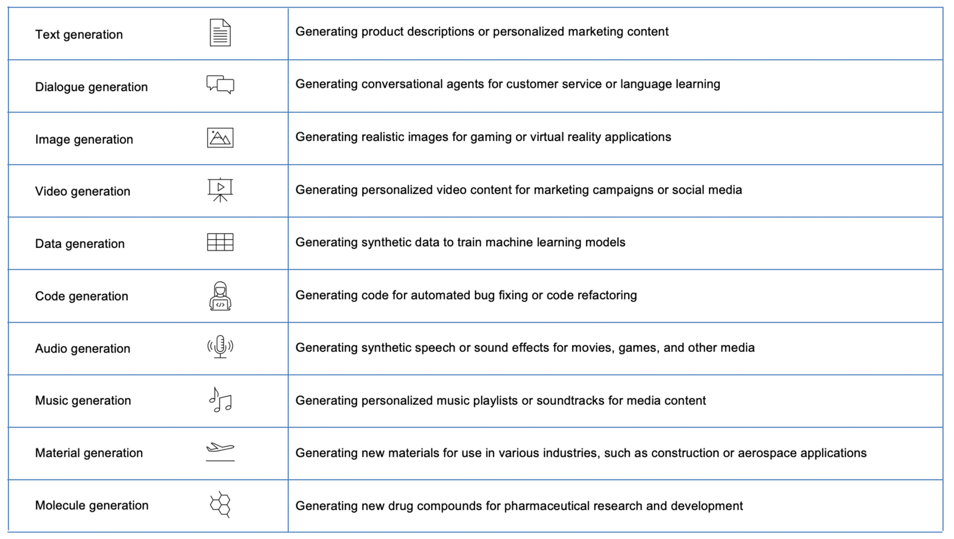
Generative AI is an advanced form of artificial intelligence that creates various outputs, such as images, videos, music, and molecules based on a specific input set. It is used in entertainment,gaming, and fashion to create unique content GitHub Copilot has revolutionised software development by increasing productivity and improving coding speed. In biopharma, Insilico Medicine used AI to create a drug that moved from conceptualisation to Phase 1 clinical trials in under 30 months for $2.6 million, significantly faster and cheaper than traditional drug discovery
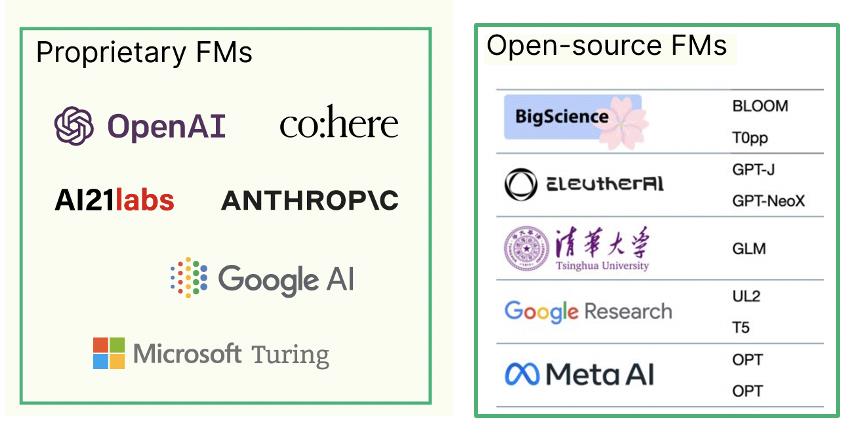
Deciding between open-source and proprietary Generative AI models is essential for development. Open-source models are flexible and cost-effective, while proprietary models offer high performance and ease of use

Deciding whether to consume or customize a Generative AI model is essential. Consuming involves using pre-trained models through APIs and tailoring them with prompt engineering techniques. Customizing involves training models with enterprise-specific data to generate unique outputs

Generative AI can produce errors and limitations, so it is best to use it in scenarios with a high tolerance for variability. It can be used as a first-draft content generator for
further refinement by humans
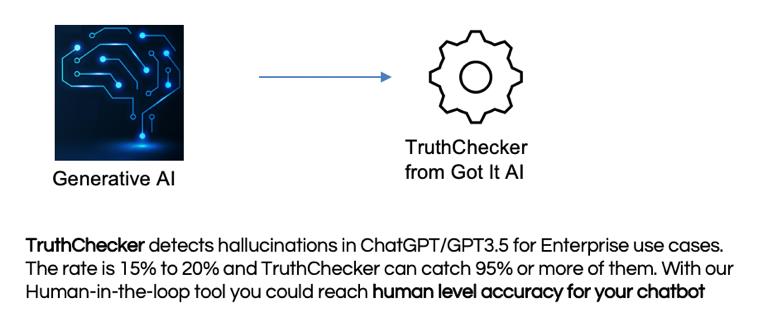
To reduce the error rate of AI model outputs, providing specific instructions to guide the model’s behaviour towards a desired objective is important. Setting the model’s temperature to 0 can also help, as it reduces the likelihood of generating less
plausible or nonsensical responses
- Establish governance and risk management practices for Generative AI
Developing a governance framework that addresses issues such as data privacy, security, and bias is crucial to ensure ethical and responsible use of Generative AI.
- Security and privacy should be a top priority, and employees should only use data they fully
understand, and content generated by AI should be thoroughly reviewed by the data owner. - Companies must assess legal, ethical, and reputational risks, including intellectual property,
data privacy and security, discrimination, product liability, trust, and identity. - Risks associated with Generative AI include the use of controversial foundation models,
rising costs, safety concerns, hallucinations, insecure code generated by AI, and
overconfidence in AI’s ability to avoid vulnerabilities
3. Identify and prioritise potential use cases for Generative AI in your enterprise
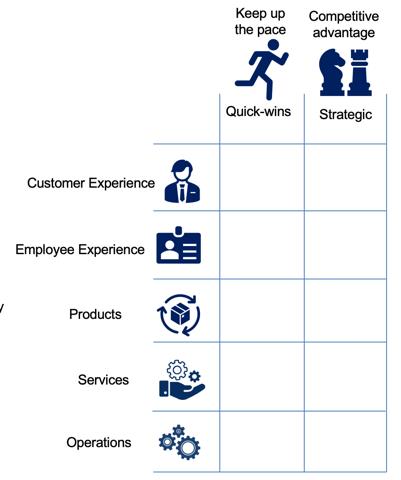
After understanding Generative AI and developing a governance framework, businesses should identify potential use cases for Generative AI across different areas of their business. These potential use cases should be categorised into quick wins and strategic initiatives. Quick wins can lead to immediate productivity improvements, while strategic initiatives can provide a significant competitive edge and generate greater impact in the long term
- Evaluate and Prioritise the Generative AI use cases
The framework for evaluating Generative AI use cases is based on usability, feasibility, and viability
- Usability is evaluated based on error tolerance and user training
- Technical feasibility is assessed based on enterprise data availability, sensitivity of data, pretrained or fine-tuned model, domain-specific models, model type, and hosting type.
Companies should focus on acquiring high-quality data and determine whether an opensource or proprietary model and self-hosted model or provider API is the best choice. - Business viability is analysed based on cost, time-to-market, ROI potential, and competitive
advantage

The Generative AI Use Case Prioritization involves prioritizing initiatives based on the evaluations of their usability, feasibility, and viability. This is done separately across different categories such as customer experience, employee experience, products, services, and operations. The prioritization is then divided into quick wins and strategic initiatives based on the evaluations done
5. Leverage your enterprise’s data to customise Generative AI models

Generative AI can create various outputs, but it requires structured data, embeddings, and graph representations of unstructured data to be effectively used in an enterprise setting
Structured data is well-organized data that is easy to process, embeddings are mathematical representations of data used to train machine learning models, and graph representations of unstructured data involve data being presented in a graph format to visualize and analyse relationships and connections between data points
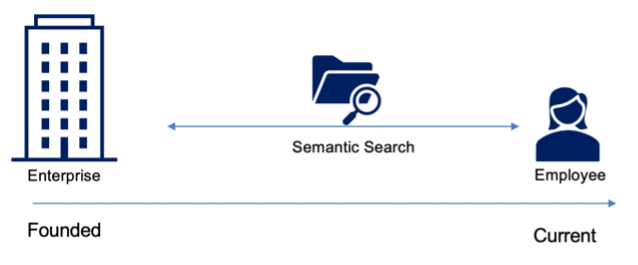
The use of embeddings in text generation can improve the generative AI’s understanding of context, resulting in more natural and coherent text outputs. This can create a scenario where every employee has an assistant that can process and use the organization’s history, context, and intent in a matter of seconds.
Generative AI models can benefit from graph representations, as they can help to improve the interpretability of the model outputs.
Additionally, one approach to exploring the capabilities of generative AI is by transforming available data into new modalities, such as converting numerical data to visual data, to take advantage of pre-trained models. Riffusion is an example of a company that used this approach to transform music data into visual representations, which were then used to fine-tune generative AI models
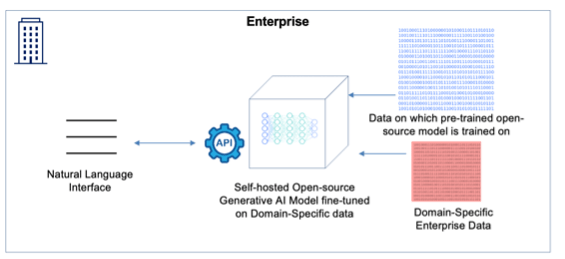
To secure proprietary data, host the model on-premises or use open-source models from platforms like Hugging Face. Remove or anonymize PII and PHI before using generative AI models
6. Identify tools and frameworks to implement Generative AI use cases
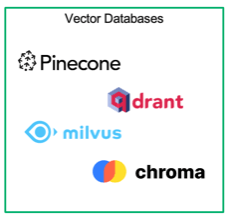
Generative AI requires knowledge of various tools and frameworks to implement. These include tools for enterprise data ingestion, generating representations of data, indexing with vector databases, and LLM training and serving frameworks. Some examples are LlamaIndex for connecting LLMs with enterprise data, LangChain for integrating LLMs with other sources of computation, and vector databases for accurate responses to user queries and LLM training and serving frameworks.
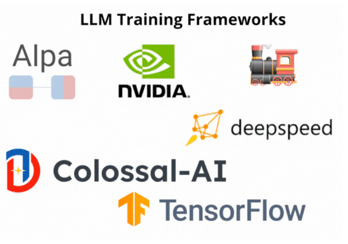
Popular training frameworks for LLMs include Alpa, DeepSpeed, and Megatron-LM
7. Rapidly experiment with Generative AI
The adoption of Generative AI requires quick experimentation to identify effective approaches and areas for improvement. Starting with a small pilot project can help evaluate the technology’s effectiveness and pinpoint areas for further development. Feedback from the pilot can then be used to refine the strategy and gradually scale up implementation.
A timeframe of one to four weeks can be set aside to assess the feasibility of a solution, followed by identifying potential business scenarios to launch a minimum viable product (MVP) and expanding the solution to encompass additional scenarios. More information on rapid experimentation for AI initiatives is available in a separate blog post
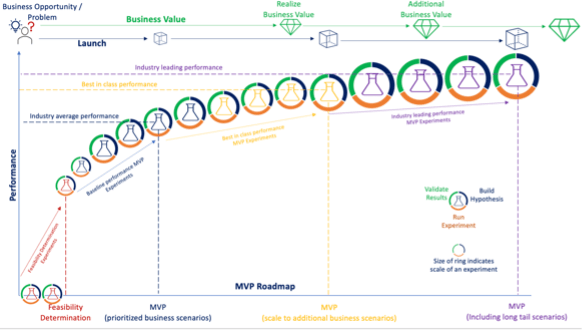
The rapid advancement of Generative AI technology is expected to continue in the coming months and years. To ensure an effective and relevant strategy, it is important to stay updated on the latest developments and advancements in the field
Title picture: freepik.com






